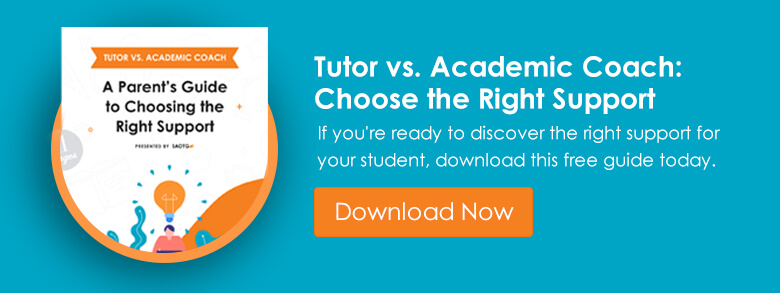The educational environment is totally different today than it was twenty, ten, or even five years ago. Most parents and teachers didn’t grow up in the same classrooms as their students or children. Smart boards have replaced dry erase boards; Quizlet has replaced flashcards; and social media has (kind of) replaced the old-school agora style student center. Technology has drastically changed the way we educate, but with these advancements, students encounter challenges unique to their generation. Therefore, as parents and educators, it becomes imperative that we make an effort to understand developments in EdTech, their benefits, and their drawbacks. That is the aim of this blog post.
First, let’s look at the categories of educational technologies available to students on a daily basis:
Educational Software
There are many educational software programs that can help students learn new concepts, practice skills, and prepare for exams. These programs can be used for a variety of subjects, such as math, science, language arts, and more. Schools have integrated educational software into homework assignments and class activities since the early 2000’s.
Supplemental Resources
The internet provides access to a wealth of information and resources for students. Websites such as Khan Academy, Coursera, and ed offer free online courses and tutorials on a wide range of subjects. Students can utilize these tools to clarify concepts that weren’t fully understood in class. Sometimes, it just takes a different approach or a different analogy to unlock understanding.
Learning Management Systems
Many schools use learning management systems (LMS) to communicate with students and share course materials. These platforms can provide students with access to lectures, readings, assignments, and other resources. Programs like Canvas help student access course material and turn in assignments.
Collaboration & Productivity Tools
Tools such as Google Docs, Slack, and Trello allow students to work on projects and assignments with their peers in real-time, regardless of location. There are many productivity tools, such as to-do lists, calendar apps, and note-taking apps, that can help students stay organized and manage their time effectively.
Well-being Tools
There are numerous apps and websites that provide students with some kind of well-being benefit. Whether it’s the apple watch’s activity function that reminds students to take a break and move around or the plethora of meditation apps available, students have a vast array of resources to make sure they’re happy, fit and thriving.
Social Tools
We live in the social media age. Students can connect with each other and the rest of the globe from Snapchat, Instagram, and Tik Tok. As helpful as this technology may seem for building social connections, it poses a host of dangers with distractibility.
Keeping Technology Helpful
By using technology to support their learning, students can gain valuable skills and achieve academic success. However, it’s important to use technology responsibly and in moderation, as excessive use can have negative effects on physical and mental health. In this age, where education and technology are inseparable, students can take control of their tech in the following ways.
Build Time Awareness
Whether it’s social media or run of the mill schoolwork, students often are not aware of just how much time they spend with their screens. As study after study shows, simply tracking something usually leads to positive change. Encourage your child to utilize the screen time function daily. This way, they can develop awareness of the behavior, break the cycle of automaticity, and keep tech helpful.
Drain the Shallows & Limit Notifications
In Cal Newport’s famous book, Deep Work, he tells us that the ability to focus deeply on a task will seem like a superpower in the decades to come. In order to build this habit of deep work, we need to “drain the shallows” – limit the amount of surface level distraction in our lives such as checking email or social media when waiting in the checkout line. Another tip taken from another famous author, James Clear of Atomic Habits, is to take control of tech by limiting notifications. Notifications serve as the ‘cue’ in the habit loop that keeps us glued to our screens. By reducing the number of notifications, we are exposed to each day, we can use our technology only when it is beneficial.
Dedicate Time to Tech-Free Work
When possible, encourage students to reserve time for tech-free work like reading or math homework. While this is becoming increasingly difficult in the world of digital textbooks, doing productive, screen free work can help students flex their concentration muscles. Moreover, students may begin to notice the difference between working with tech and working without, making them more intentional with their use of devices.
For more ideas like this, please check out our blog. If your child could benefit from one-on-one academic coaching, please reach out today to learn more about our services.





